Pathophysiology The Biologic Basis For Disease In Adults And Children 7th Edition By Kathryn L. – Test Bank
Chapter 11: Stress and Disease
MULTIPLE CHOICE
1. Exhaustion occurs if stress continues when which stage of the general adaptation syndrome is not successful?
a. Flight or fight c. Adaptation
b. Alarm d. Arousal
ANS: C
Exhaustion occurs if stress continues and adaptation is not successful, ultimately causing impairment of the immune response, heart failure, and kidney failure, leading to death. The other stages occur before the adaptation stage.
PTS: 1 REF: Page 339
2. Which organ is stimulated during the alarm phase of the general adaptation syndrome (GAS)?
a. Adrenal cortex c. Anterior pituitary
b. Hypothalamus d. Limbic system
ANS: B
The alarm phase of the GAS begins when a stressor triggers the actions of the hypothalamus and the sympathetic nervous system (SNS) (see Figure 11-1). The other organs are not stimulated by the alarm phase of GAS.
PTS: 1 REF: Page 339
3. During an anticipatory response to stress, the reaction from the limbic system is stimulated by the:
a. Retronucleus of the anterior pituitary
b. Anterior nucleus of the hippocampus
c. Paraventricular nucleus of the hypothalamus
d. Prefrontal nucleus of the amygdala
ANS: C
The paraventricular nucleus (PVN) of the hypothalamus must be stimulated to cause the limbic system to be stimulated. The other options are not involved in the stimulation of the limbic system.
PTS: 1 REF: Page 341
4. Which hormone prompts increased anxiety, vigilance, and arousal during a stress response?
a. Norepinephrine
b. Epinephrine
c. Cortisol
d. Adrenocorticotropic hormone (ACTH)
ANS: A
Only the release of norepinephrine promotes arousal, increased vigilance, increased anxiety, and other protective emotional responses.
PTS: 1 REF: Page 343
5. Perceived stress elicits an emotional, anticipatory response that begins where?
a. Prefrontal cortex c. Limbic system
b. Anterior pituitary d. Hypothalamus
ANS: C
Perceived stressors elicit an anticipatory response that begins in the limbic system of the brain, the only option responsible for emotions and cognition.
PTS: 1 REF: Page 343
6. During a stress response, the helper T (Th) 1 response is suppress by which hormone?
a. ACTH c. Prolactin
b. Cortisol d. Growth hormone
ANS: B
Stress can activate an excessive immune response and, through cortisol and catecholamines, suppress the Th1 response, causing a Th2 shift. This response is not active by any of the other options.
PTS: 1 REF: Page 349
7. What is the effect that low-serum albumin has on the central stress response?
a. Impaired circulation of epinephrine and norepinephrine
b. Impaired wound healing
c. Lessened circulation of cortisol
d. Diminished oncotic pressure
ANS: A
Low-serum albumin impairs circulation of both epinephrine and norepinephrine since both bind to plasma protein albumin. The other options do not accurately describe the effect of low-serum albumin.
PTS: 1 REF: Page 345
8. Stress-age syndrome directly results in depressed function of which system?
a. Respiratory c. Digestive
b. Endocrine d. Immune
ANS: D
Of the available options, immunodepression is the only characteristic change observed in stress-age syndrome.
PTS: 1 REF: Page 358
9. Stress-induced sympathetic stimulation of the adrenal medulla causes the secretion of:
a. Epinephrine and aldosterone c. Epinephrine and norepinephrine
b. Norepinephrine and cortisol d. Acetylcholine and cortisol
ANS: C
The sympathetic nervous system is aroused during the stress response and causes the medulla of the adrenal gland to release catecholamines (80% epinephrine and 20% norepinephrine) into the bloodstream. The stress-induced efforts on the adrenal medulla do not include any of the other options.
PTS: 1 REF: Pages 344-345
10. Stress-induced norepinephrine results in:
a. Pupil constriction c. Increased sweat gland secretions
b. Peripheral vasoconstriction d. Decreased blood pressure
ANS: B
During stress, norepinephrine raises blood pressure by constricting peripheral vessels; it dilates the pupils of the eye, causes piloerection, and increases sweat gland action in the armpits and palms.
PTS: 1 REF: Page 345


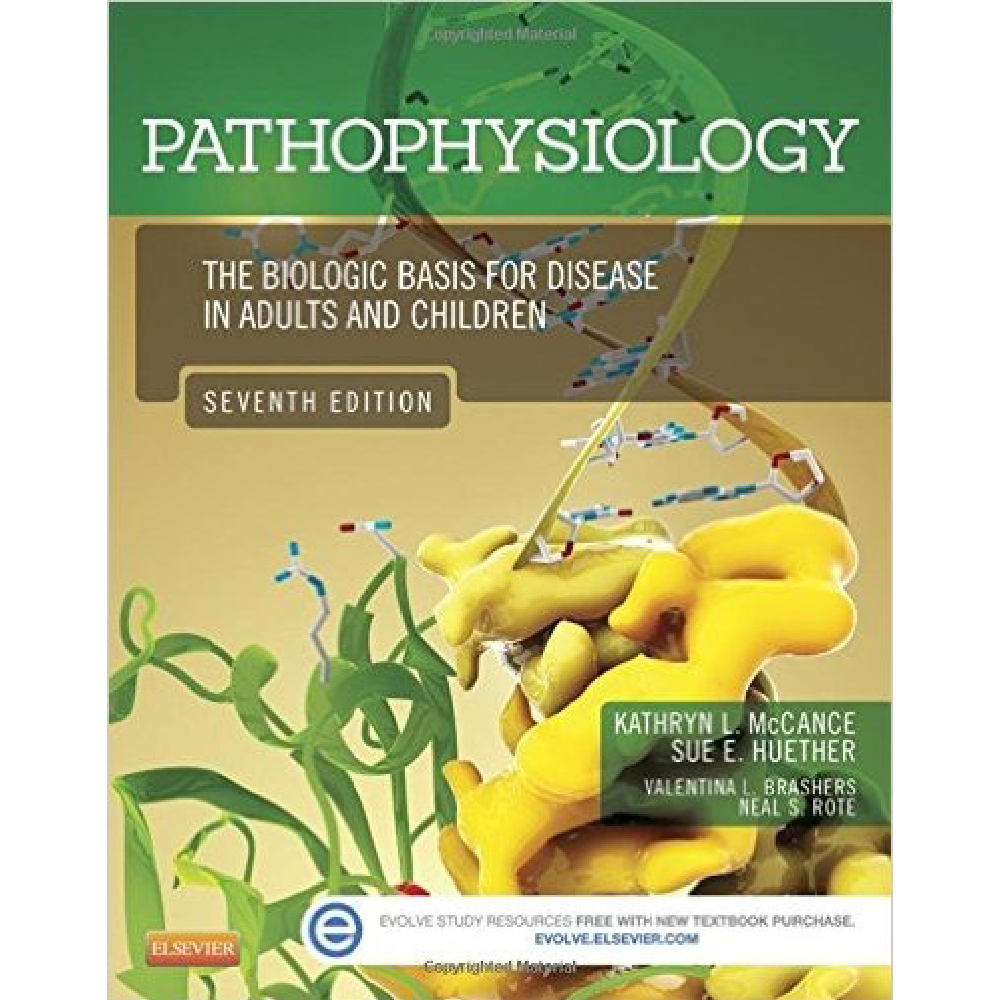
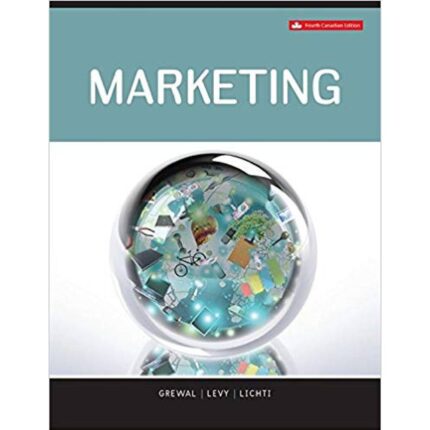

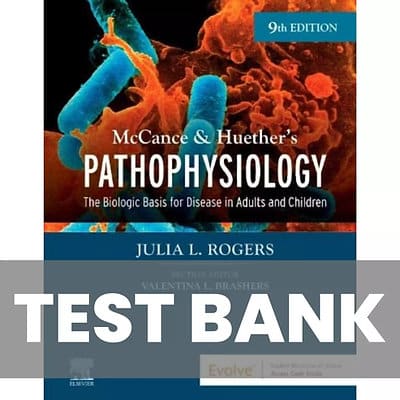

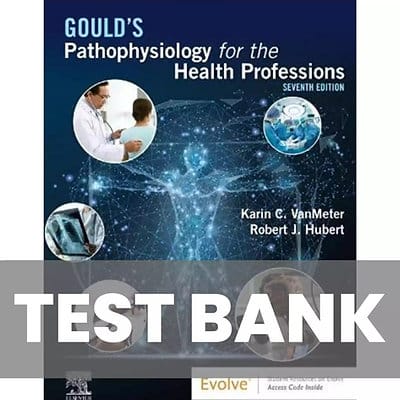
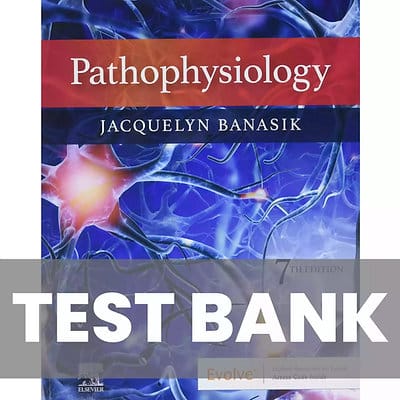


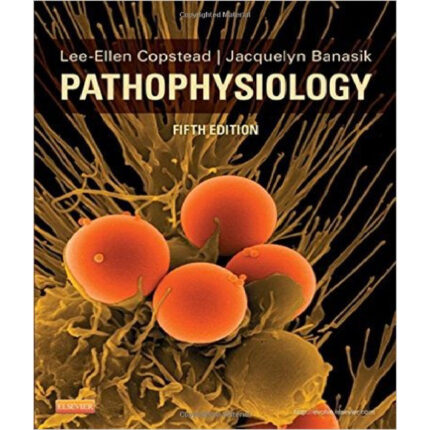

Reviews
There are no reviews yet.